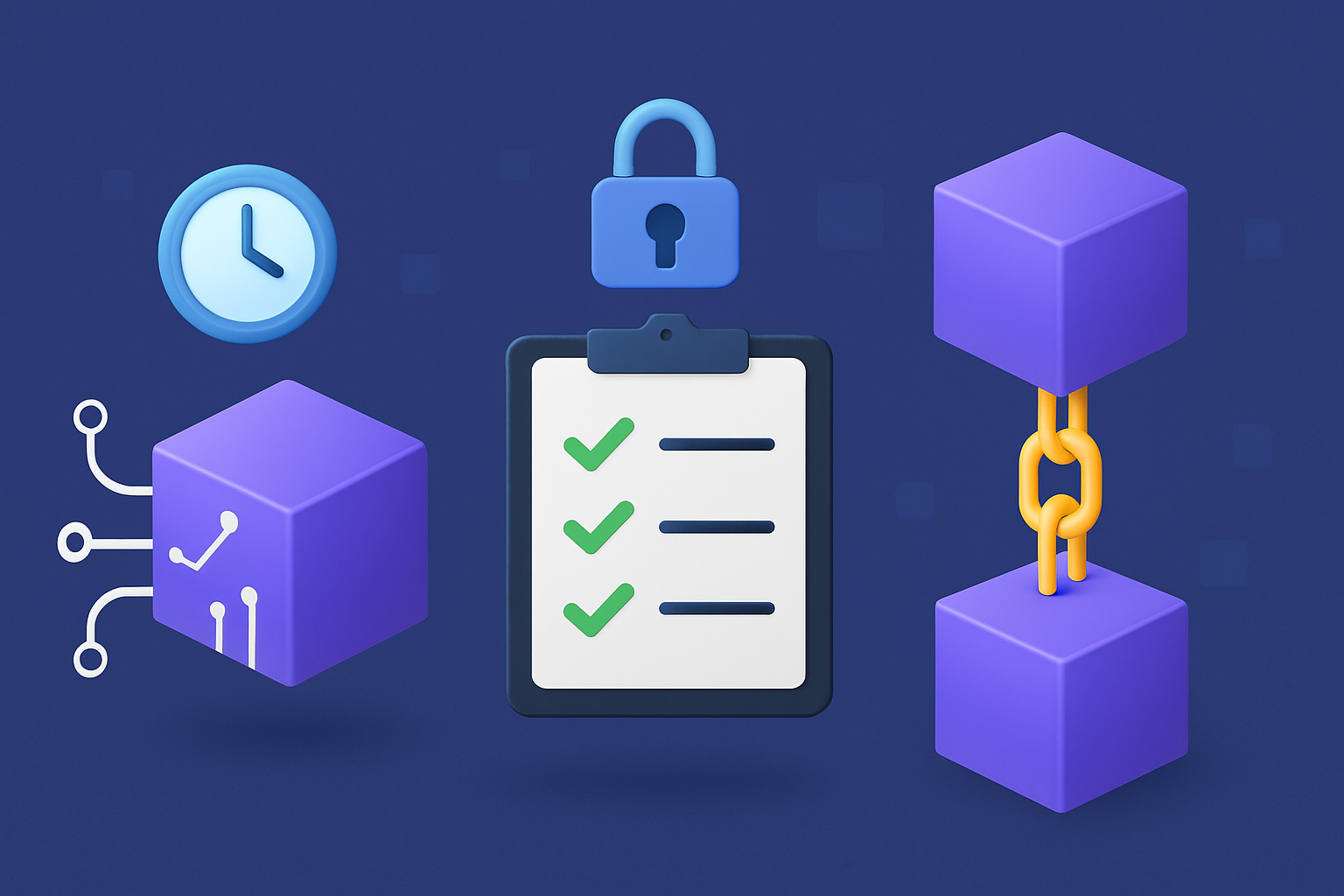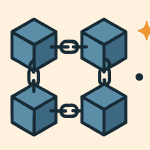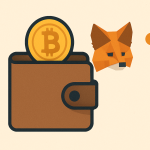If you’re learning about cryptocurrency or blockchain, you may have heard the word “block”. But what exactly is a block? And how is it created?
In this beginner-friendly article, we’ll explain blocks in simple terms. You’ll learn what they are, how they work, and why they’re so important in the world of blockchain and crypto.
Contents
What Is a Block?
A block is like a digital page in a record book. It stores a list of transactions that happen on a blockchain.
When someone sends or receives cryptocurrency, that transaction is added to a block. Once the block is full, it gets added to the blockchain.
The blockchain is just a chain of these blocks—linked together in order, like a timeline.
What’s Inside a Block?
Each block contains a few important pieces of data:
-
Transaction data – This includes all the transactions (like sending Bitcoin) that happened during a short period.
-
Timestamp – The exact time when the block was created.
-
Block number – Its position in the blockchain (like page numbers in a book).
-
Previous block hash – A code that connects the new block to the one before it.
-
Hash – A unique code that represents the contents of the current block.
These elements help make the blockchain secure and unchangeable.
How Is a Block Created?
Let’s break it down step by step.
Step 1: Transactions Happen
People use the blockchain to send crypto or use apps. These actions create transactions.
Example: Alice sends 0.1 Bitcoin to Bob.
Step 2: Transactions Are Grouped
These transactions are sent to the network, where they wait in a “mempool” (short for memory pool). Think of it as a waiting room for transactions.
Once enough transactions collect, they are grouped together into a new block.
Step 3: Block Is Created by a Node
A node is a computer that takes care of blockchain tasks. Depending on the blockchain type, a block is created by:
-
Miners (in Proof of Work systems like Bitcoin)
-
Validators (in Proof of Stake systems like Ethereum 2.0, Solana, Cardano)
These nodes collect transactions and create a new block by solving a complex puzzle or being randomly selected, depending on the system.
Step 4: Block Is Verified
The block must be checked by other nodes on the network. They make sure all the transactions inside the block are real and valid.
This step keeps the system honest and secure.
Step 5: Block Is Added to the Blockchain
Once approved, the block is added to the chain of previous blocks. It becomes a permanent part of the blockchain.
You can’t go back and change it—this makes the blockchain trustworthy and transparent.
What Makes a Block Secure?
Blocks are linked with something called a hash. A hash is a long string of letters and numbers made by running the block’s data through a special function.
If even one small thing inside the block changes, the hash changes completely.
Each block includes the hash of the block before it. This creates a chain. If someone tries to change a block, all future blocks would also need to change—and that’s almost impossible.
How Often Are Blocks Created?
It depends on the blockchain:
-
Bitcoin: A new block is created every 10 minutes
-
Ethereum: About 12 seconds per block
-
Solana: Around 0.4 seconds per block
Faster block times mean quicker transactions—but they require different technology to stay secure.
Why Do Blocks Matter?
Blocks are the building blocks of the blockchain. Without them, there would be no record of who owns what or what transactions happened.
They help:
-
Record transactions
-
Prevent double spending
-
Keep data safe and unchangeable
-
Make the system decentralized and transparent
Final Thoughts
A block is simply a container for data—mostly transaction data. It’s created by computers on the network, checked for accuracy, and added to the blockchain forever.
Understanding blocks helps you understand how cryptocurrencies like Bitcoin and Ethereum stay secure, decentralized, and trusted by millions of people.
Whether you’re investing, building, or just learning, blocks are at the heart of everything in crypto.




